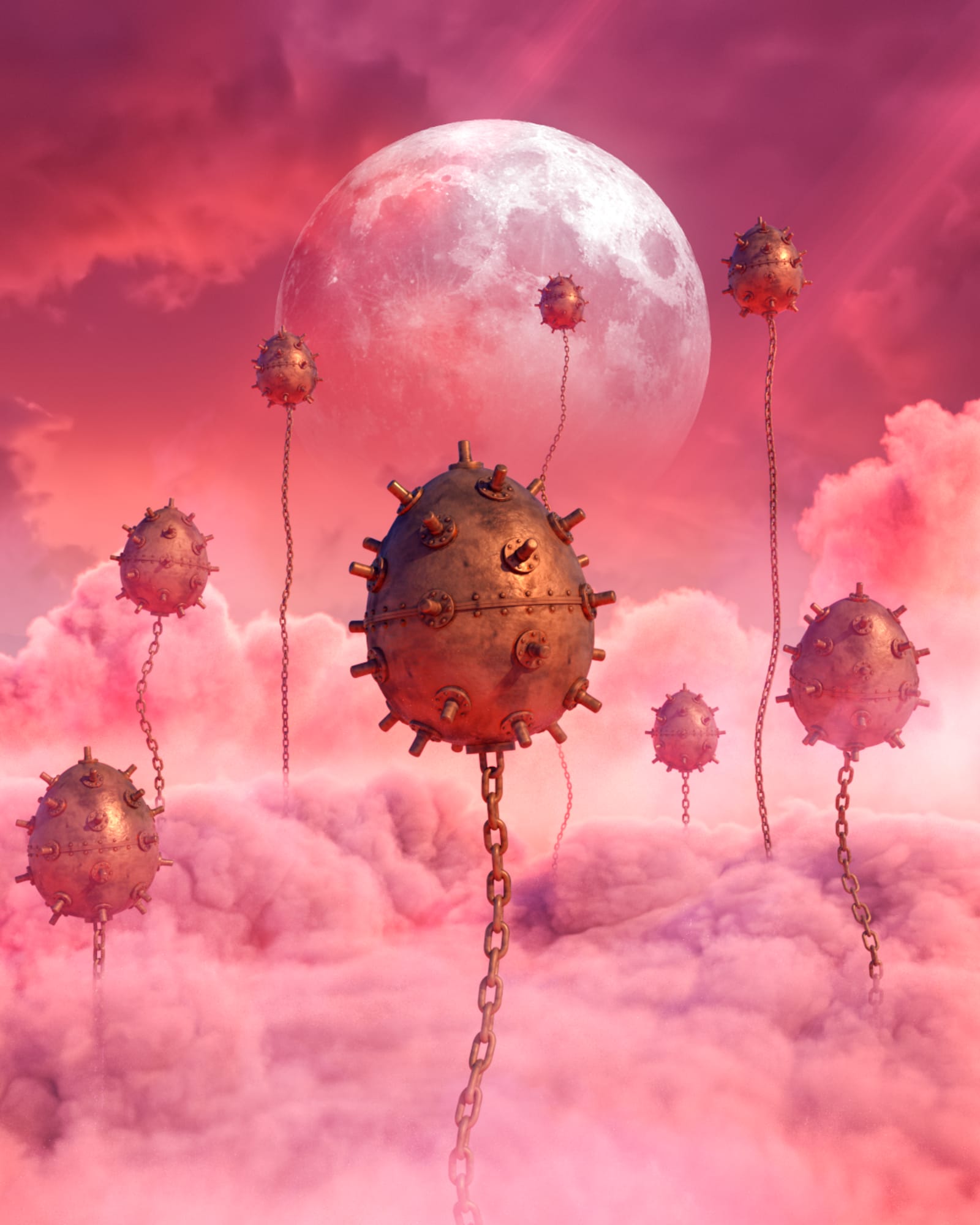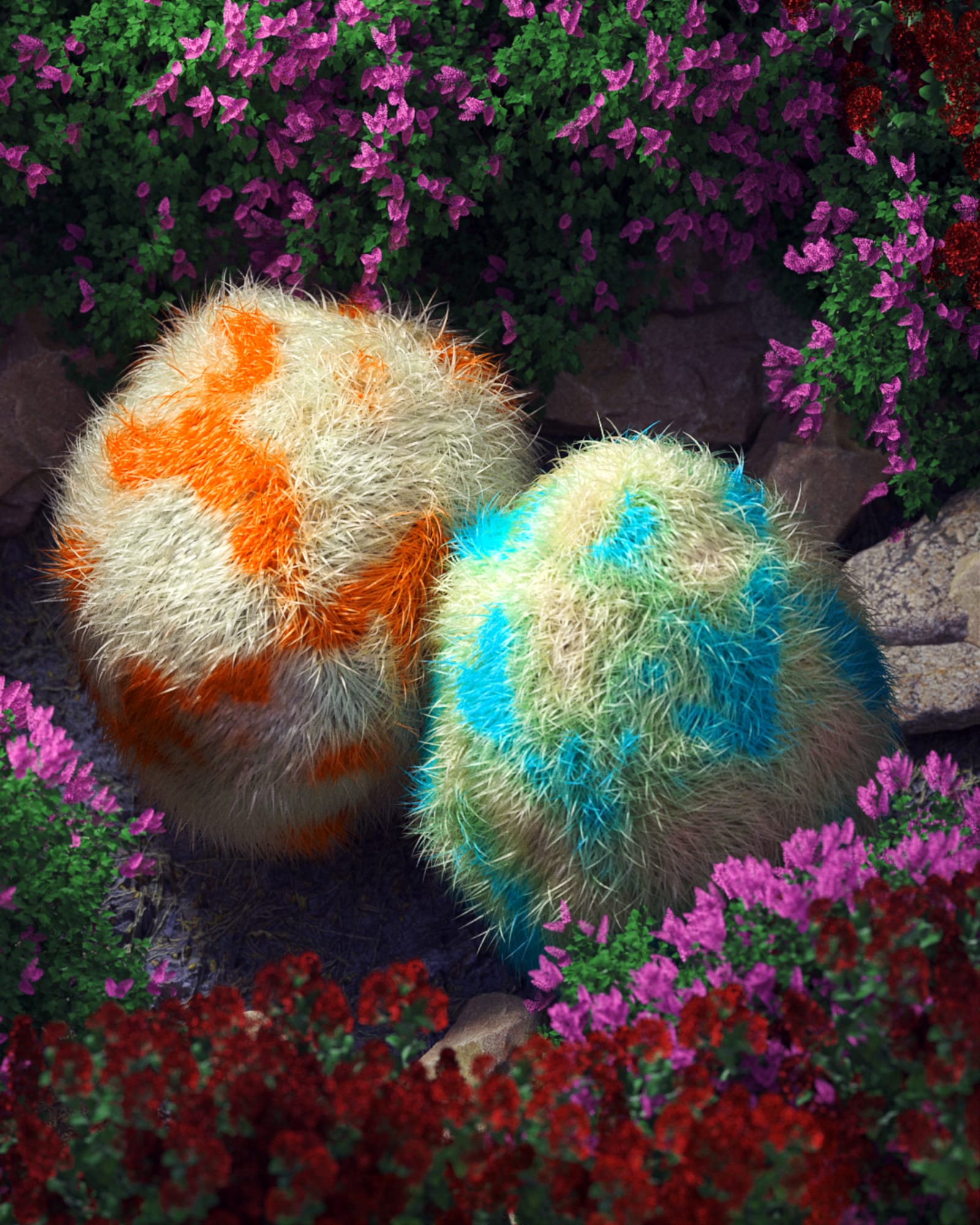artwork infos
portrait
3d
00:00
n/a

Luke Penry
Egg Still II
Luke Penry
Birth of Venus
Luke Penry
When you finally see your m...

Luke Penry
Egg Still I

Luke Penry
Egg Still VI

Luke Penry
Egg Still V

Luke Penry
Egg Still III
Luke Penry
Gas

Luke Penry
Egg Still IV
Luke Penry is a 3D artist and motion designer from South London. The reason he turned to this discipline is that since our imagination has no limits, it was essential for him that his work had no limits either. Indeed, according to him, 3D makes it possible to create absolutely everything imaginable, and even more, it allows the realization of things that we could never have thought of with a more rational referential or a more traditional art. Through digital art and his wide range of skills, he creates worlds, objects and creatures that are singular and abstract, inspired by nature, space, science and fine arts.
Luke developed a passion for digital art early on. He made his first animation at the age of eight. It was a stop motion animation that he produced using a video camera. At the age of fourteen, he received his first tablet with an animation software installed on it. He then started producing cartoons and posting them on newgrounds.com. It was then very logically that he turned to graphic design studies, until he discovered 3D and then became a motion designer.

Egg Still II

"They were once thought to have fallen from the moon itself, but their brilliance actually indicates that they are healthy. The tribes raised them to have a source of natural light that they could use at night."
3d
portrait
00:00
n/a